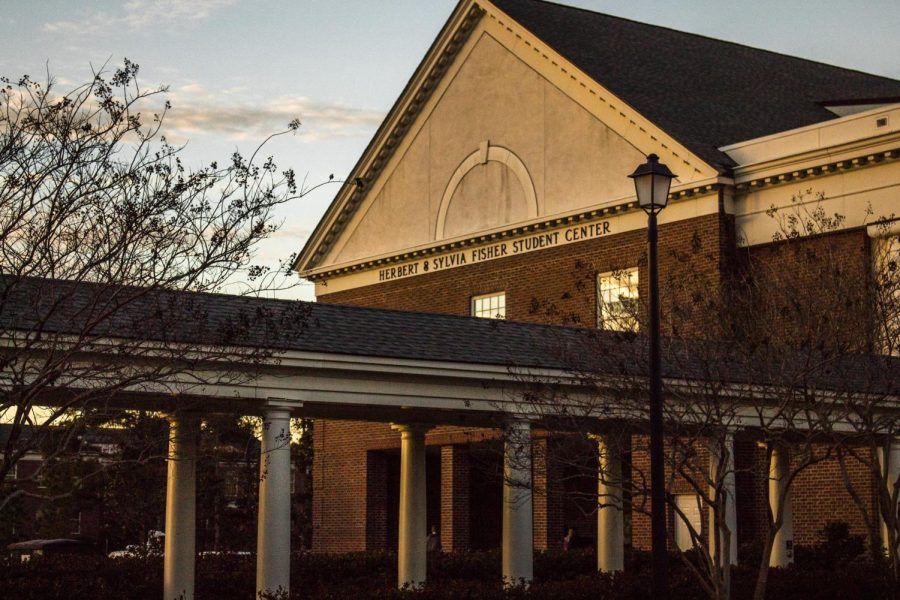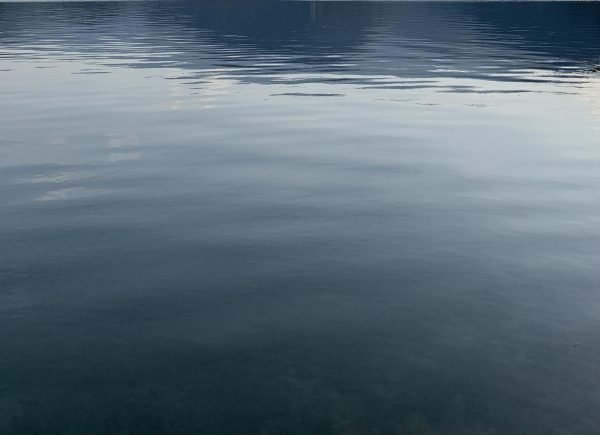UNCW’s diversity over the years
Diversity has become a hot topic of recent years. Demands for multiculturalism have been brought up in everyday situations, such as work and school. Many colleges, in particular, have pushed to have a more diverse student body.
How does UNCW measure?
The university’s Institutional Research and Planning website shows various demographics for undergraduate students attending the fall semesters of 2009-2015, respectively. In 2009, for example there were about 1,595 nonwhite undergraduates compared to 10,635 white students (not including the international population, which wasn’t broken up by race). The racial breakup included the following: African-American (631), Hispanic (483), American Indian (80), Asian (228), Pacific Islander (6), and “two or more races” (167). The “unknown” racial/ethnic population was estimated at 572 undergraduates.
Overall, this makes UNCW a predominately white institution. With that being said, there has been a change in population over the years.
According to their OIRA Common Data Set for the 2017-218 academic year, of the 14,502 undergraduate students at UNCW, 11,291 were white (non-Hispanic). There were about 2,530 nonwhite students (again, not including the international population, as it was not broken down by racial categories).
Of these 14,502 students, the racial backgrounds were broken up as follows: Hispanic/Latino (999), Black/African-American (650), American Indian or Alaska Native (66), Asian (273), Native Hawaiian or other Pacific Islander (15), and “two or more races” (527). The population deemed “unknown” race and ethnicity included about 459 students.
There could be several reasons for the change in diversity over the years. One reason may be the fact that UNCW’s student population is growing as a whole. While the school still brings in more white students than students of color, diversity would increase as a result of the student body growing as a whole.
The second explanation for UNCW’s increase in diversity may be because of the university’s efforts to provide spaces for their students of color. This is mainly done through the Office of Institutional Diversity and Inclusion (OIDI). Currently, OIDI has three cultural centers: the Upperman African American Cultural Center, Centro Hispano (a Latino and Hispanic cultural center), and the LGBTQIA Resource Office.
In addition, there are several student clubs focusing on cultural diversity, such as the Black Student Union, Centro Hispano Embajadores, Desi Student Association, and the Asian Student Association.
Overall, UNCW’s diversity has increased over the years, and likely will continue if the numbers keep increasing. While it may stay predominately white, there has been a growing population of students of color and the university is making efforts to include spaces for these minority students.








